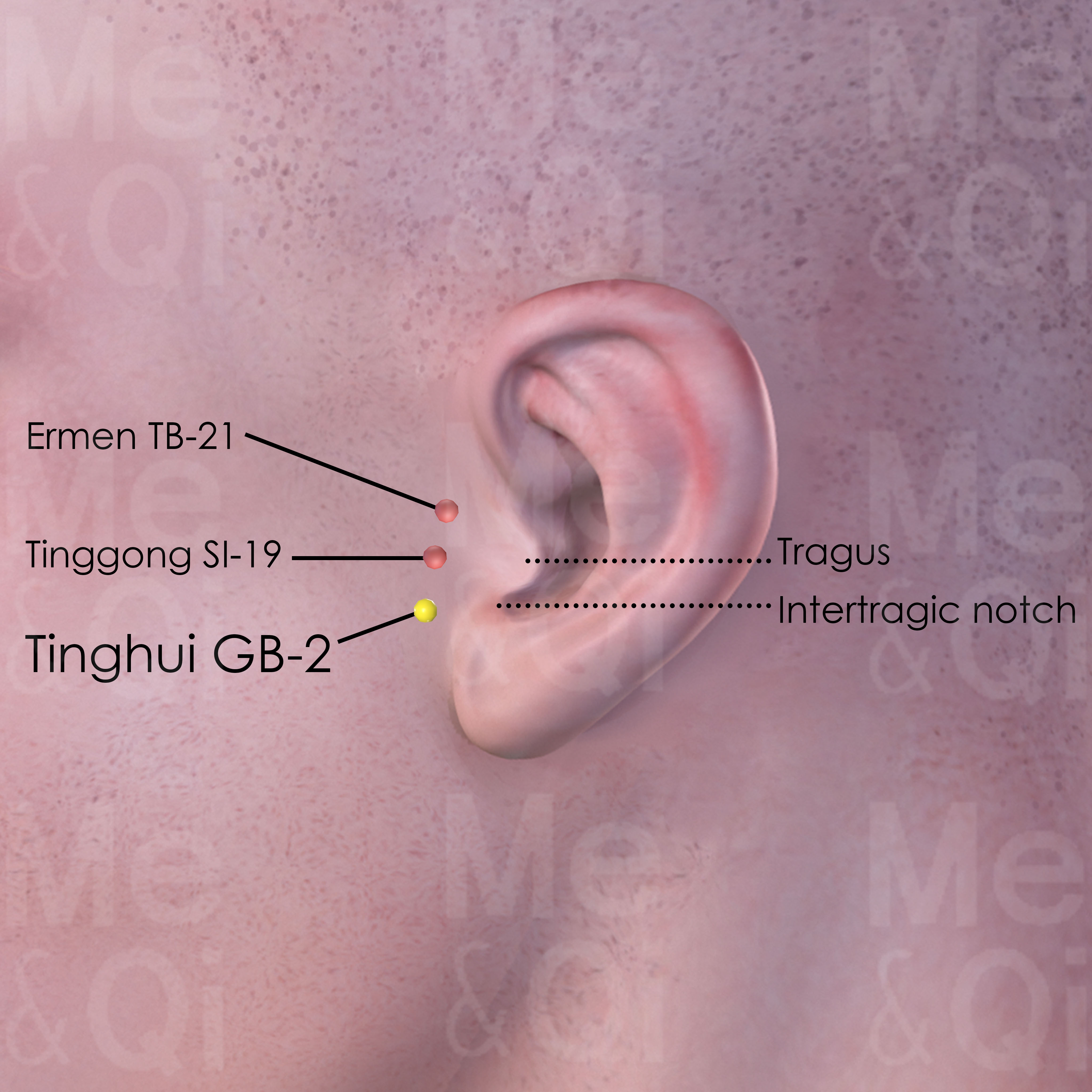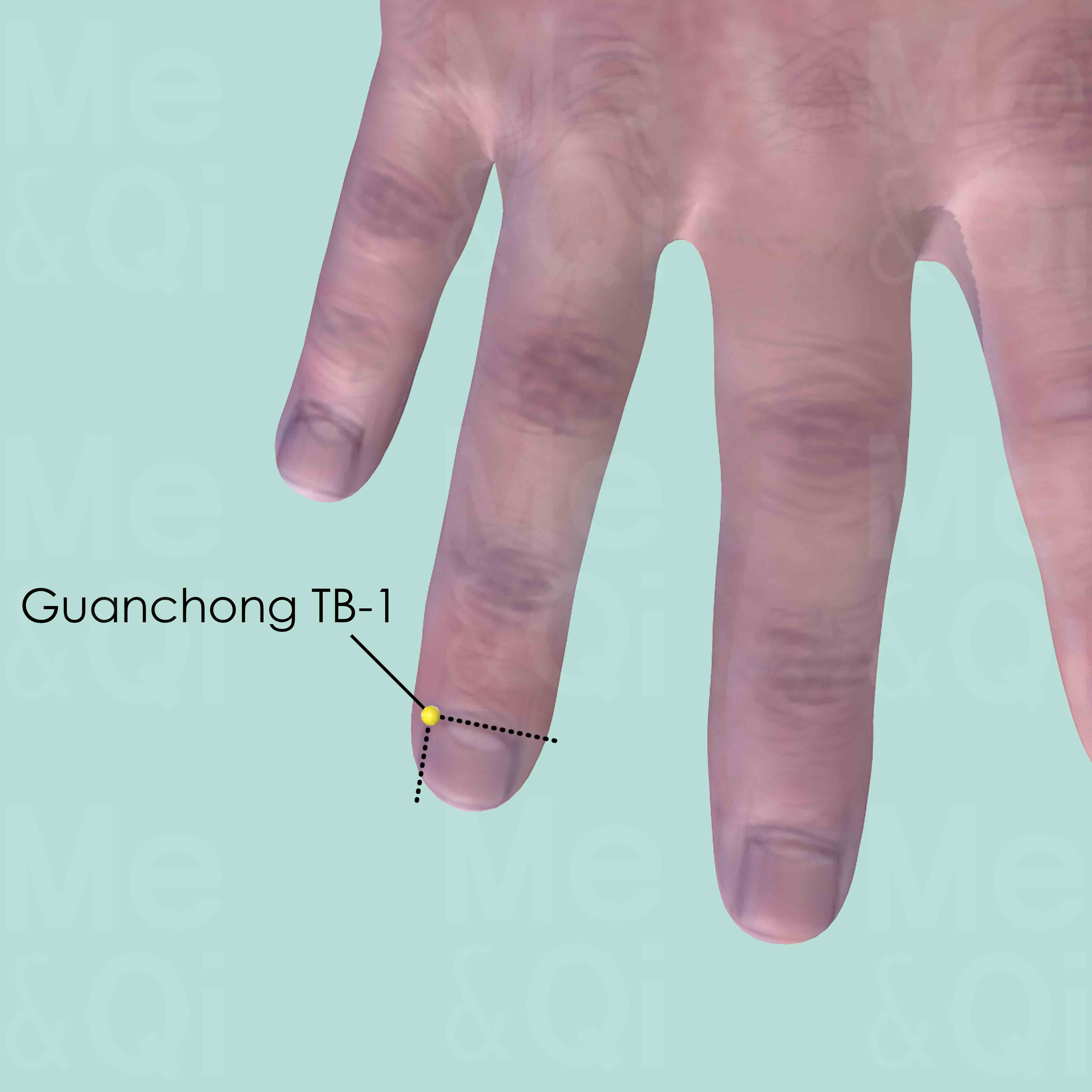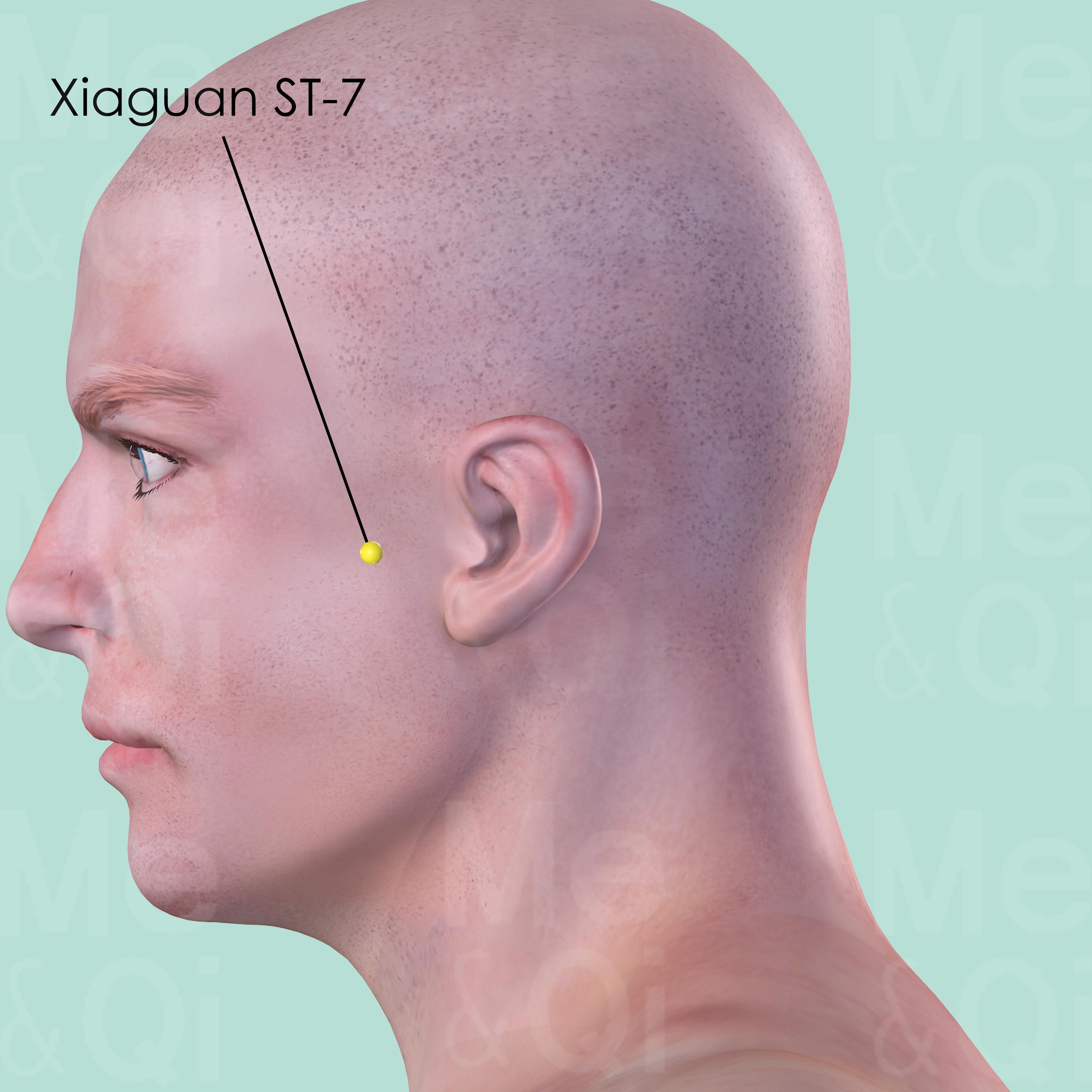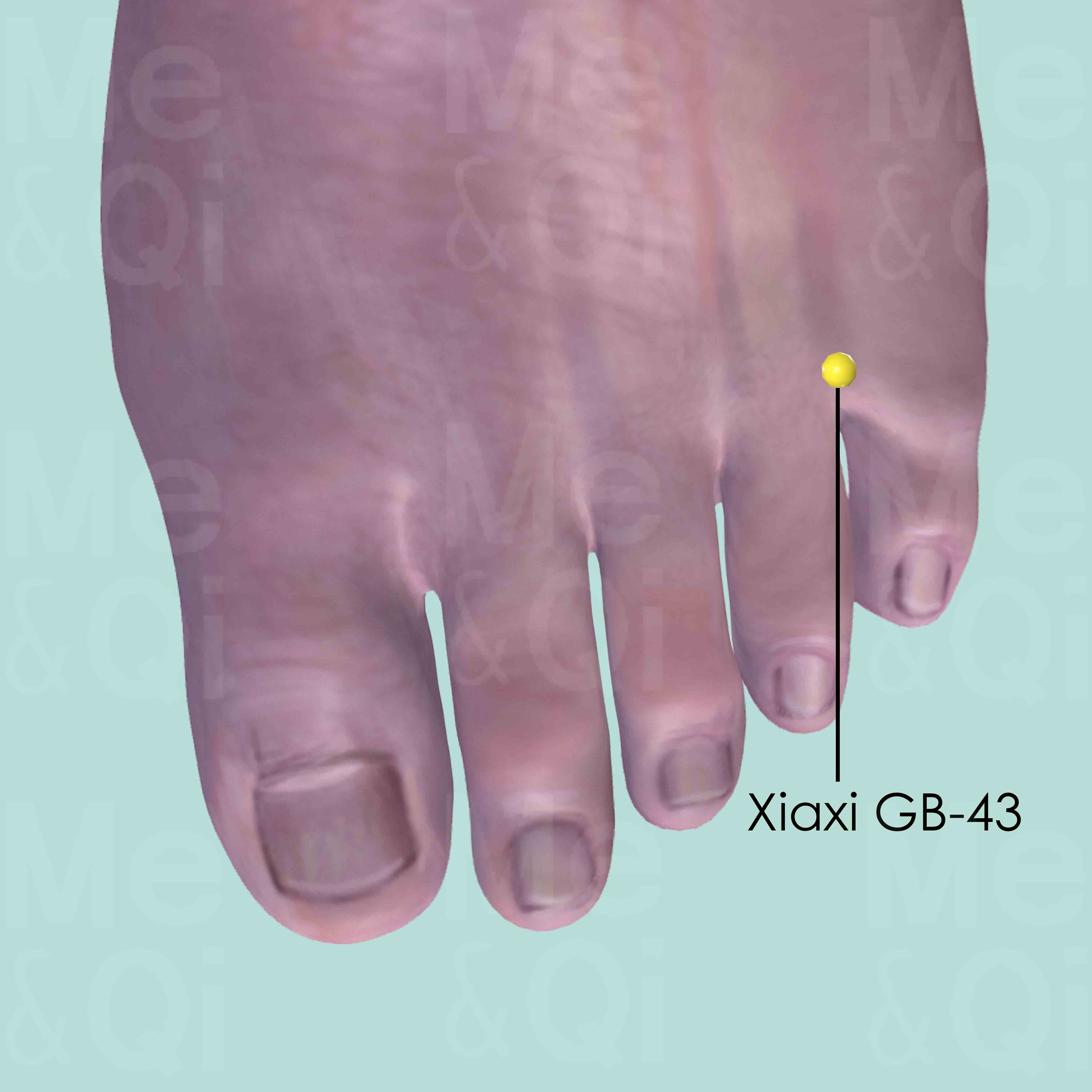Otitisaccording to TCM
Symptom family: Ear Disorders and Symptoms
Sub-symptom(s): Otitis Media Chronic Otitis Media Acute Otitis Media
Did you mean? Ear Infection
What is Otitis?
Otitis refers to inflammation of the ear, typically characterized by pain, a feeling of fullness or blockage, and possible hearing impairment. This condition can affect various parts of the ear, leading to different classifications, such as Otitis Media, where the middle ear becomes inflamed, often associated with fluid accumulation and infection. The term 'otitis' itself encompasses a broad spectrum of ear-related disturbances that can have significant impacts on a person's auditory health and overall well-being.
TCM Perspective on Otitis
From a Traditional Chinese Medicine (TCM) standpoint, otitis is not merely an isolated ear condition but a symptom of a larger systemic imbalance. TCM interprets otitis through the lens of energetic disharmony, often attributing it to factors such as the invasion of Wind, Cold, or Heat, the Stagnation of Qi and Blood or the obstruction of Channels.
The TCM approach is to assess the individual's constitution and life habits to discern the specific pattern at play. Recognizing the right pattern is a fundamental step in TCM, as it guides the practitioner to a tailored treatment plan aimed at restoring equilibrium, rather than merely addressing the symptom.
Acupoints for Managing Otitis
In managing otitis, TCM employs acupuncture as a key modality, with specific acupoints selected to target the underlying imbalances contributing to ear inflammation. For instance, the acupoint Guanchong TB-1 is believed to expel pathogenic Wind and clear Heat, providing relief for symptoms affecting the ears.
Another vital point, Xiaguan ST-7, situated near the jaw, is used to alleviate blockages in the channel that impact the ears, teeth, and jaw, reflecting TCM's holistic approach to healing. These acupoints are part of a comprehensive treatment strategy, which may also include herbal medicine and dietary modifications, to address otitis effectively.
TCM Herbal Formulas for Otitis
Explore below some TCM herbal formulas used to address otitis, organized by formula type.
- By Formula Type
- Formulas that clear wind-Cold
- Formulas that clear wind-Heat
- Formulas that clear external abscesses and sores
- Formulas that secure irregular uterine bleeding and stop vaginal discharge
- Formulas that clear qi-level heat
- External formulas for external disorders
- Formulas that warm the middle and dispel cold
Formulas that clear Wind-Cold
Otitis can be treated by these formulas when it stems from external pathogenic influences characterized by cold and wind symptoms.
One such formula is Ge Gen Tang, with kudzu root as a key herb.
Other formulas of this category are listed in the table below.
All "formulas that clear wind-Cold" recommended for otitis
| Formula | Key herbs |
|---|---|
| Ge Gen Tang | Kudzu Roots (Ge Gen) |
| Ma Huang Tang | Ephedra (Ma Huang) |
Formulas that clear Wind-Heat
Otitis can be treated by these formulas if it originates from a wind-heat invasion.
One such formula is Jing Jie Lian Qiao Tang, with japanese catnip as a key herb.
Formulas that clear external abscesses and sores
Otitis can be treated by formulas that clear external abscesses and sores if it is due to localized infections or inflammations on the skin.
One such formula is Shi Wei Bai Du San, with saposhnikovia root as a key herb.
Formulas that secure irregular uterine bleeding and stop vaginal discharge
Otitis can be treated by these formulas when it arises from disharmony in the female reproductive system, resulting in symptoms like irregular bleeding or abnormal discharge.
One such formula is Wan Dai Tang, with atractylodes rhizome as a key herb.
Formulas that clear Qi-level Heat
Otitis can be treated by these formulas when it results from an intense heat condition at the qi level, affecting the body's energy flow.
One such formula is Zhi Zi Chi Tang, with cape jasmine fruit as a key herb.
External formulas for External disorders
Otitis can be treated by these formulas if it is caused by external factors like wind, cold, or heat leading to symptoms on the body's surface.
One such formula is Bing Peng San, with borneol as a key herb.
Formulas that warm the middle and dispel Cold
Otitis can be treated by these formulas when it is due to cold in the middle jiao (digestive region), necessitating warming and cold-dispelling actions.
One such formula is Huang Qi Jian Zhong Tang, with milkvetch root as a key herb.
Acupoints for Otitis
Explore below some acupoints used to address otitis, organized by meridian.
- By Meridian
- Gall Bladder Channel
- Triple Burner Channel
- Stomach Channel

Tinghui GB-2
Anterior to the intertragic notch, directly below Tinggong SI-19, at the posterior border of the condyloid process of the mandible.

Guanchong TB-1
On the lateral side of the ring finger, about 0.1 cun posterior to the corner of the nail.

Xiaguan ST-7
In the depression at the lower border of the zygomatic arch, anterior to the condyloid process of the mandible. Xiaguan ST-7 is located when the mouth is closed.
TCM Herbs for Otitis
Explore below some TCM herbs used to address otitis, organized by herb category.
- By Herb Category
- Tonic herbs for qi deficiency
- Warm/Acrid herbs that release the exterior
- Cool/Acrid herbs that release the exterior
- Herbs that clear heat and relieve toxicity
- Herbs that clear heat and purge fire and/or clear summer heat
- Herbs that open the orifices
- Herbs for external application
Tonic herbs for Qi Deficiency
Otitis can be treated by these herbs when stemming from a lack of vital energy or Qi, helping to boost energy and overall vitality.
One such herb is Atractylodes Rhizomes (Bai Zhu), a key herb in some formulas recommended for otitis, like Wan Dai Tang.
Other herbs of this category are listed in the table below.
"Tonic herbs for Qi Deficiency" recommended for otitis
| Herb | Formulas they belong to (if applicable) |
|---|---|
| Atractylodes Rhizomes (Bai Zhu) | Wan Dai Tang |
| Yam (Shan Yao) | Wan Dai Tang |
| Milkvetch Roots (Huang Qi) | Huang Qi Jian Zhong Tang |
| Maltose (Yi Tang) | Huang Qi Jian Zhong Tang |
Warm/Acrid herbs that release the Exterior
Otitis can be treated by these herbs when there is a need to dispel external cold and warm the body, especially in cases where there is insufficient Yang energy internally.
One such herb is Japanese Catnip (Jing Jie), a key herb in some formulas recommended for otitis, like Jing Jie Lian Qiao Tang.
Other herbs of this category are listed in the table below.
"Warm/Acrid herbs that release the Exterior" recommended for otitis
| Herb | Formulas they belong to (if applicable) |
|---|---|
| Japanese Catnip (Jing Jie) | Jing Jie Lian Qiao Tang | Shi Wei Bai Du San |
| Ephedra (Ma Huang) | Ma Huang Tang |
| Saposhnikovia Roots (Fang Feng) | Shi Wei Bai Du San |
Cool/Acrid herbs that release the Exterior
Otitis can be treated by these herbs when the body needs to harmonize with external environmental changes, particularly when there's a need to expel pathogenic factors like wind or cold without overly cooling the body.
One such herb is Kudzu Roots (Ge Gen), a key herb in some formulas recommended for otitis, like Ge Gen Tang.
Herbs that clear Heat and relieve Toxicity
Otitis can be treated by these herbs if it arises from internal heat and toxic accumulations, aiding in detoxification and cooling the body.
One such herb is Forsythia Fruits (Lian Qiao), a key herb in some formulas recommended for otitis, like Jing Jie Lian Qiao Tang.
Herbs that clear Heat and purge Fire and/or clear Summer Heat
Otitis can be treated by these herbs when it arises from excessive internal heat or fire, aiding in cooling the body and balancing internal temperature.
One such herb is Cape Jasmine Fruits (Zhi Zi), a key herb in some formulas recommended for otitis, like Zhi Zi Chi Tang.
Herbs that open the Orifices
Otitis can be treated by these herbs if it's a result of blockages in the body's sensory orifices, aiding in restoring clarity and consciousness.
One such herb is Borneol (Bing Pian), a key herb in some formulas recommended for otitis, like Bing Peng San.
Herbs for external application
Otitis can be treated by these herbs when the condition is external or superficial, requiring topical treatment to alleviate symptoms or heal the affected area.
One such herb is Borax (Peng Sha), a key herb in some formulas recommended for otitis, like Bing Peng San.

